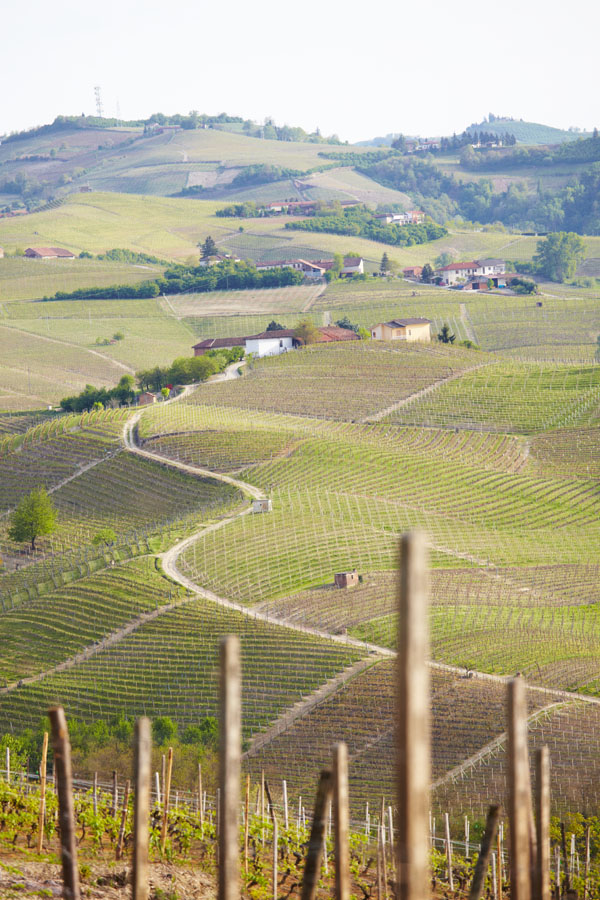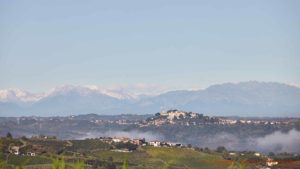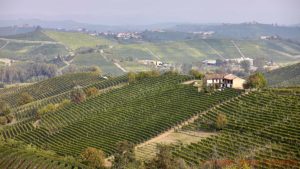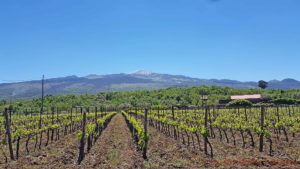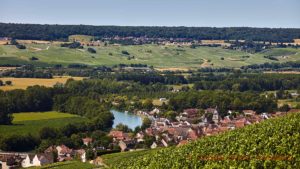Both Barolo and Barbaresco have just been selected to be featured on the prestigious list of UNESCO World Heritage Sites. During UNESCO Standing Committee meeting in Qatar recently they decided to approve Barolo and Barbaresco’s candidacy as World Heritage. Every year they decide on new members of this exclusive club.
Being on the UNESCO list of world heritage is of course a great recognition of a place and of its cultural and historical value. But it also places great demands on the site, a requirement that it must be cared for, be well-kept and maintained.
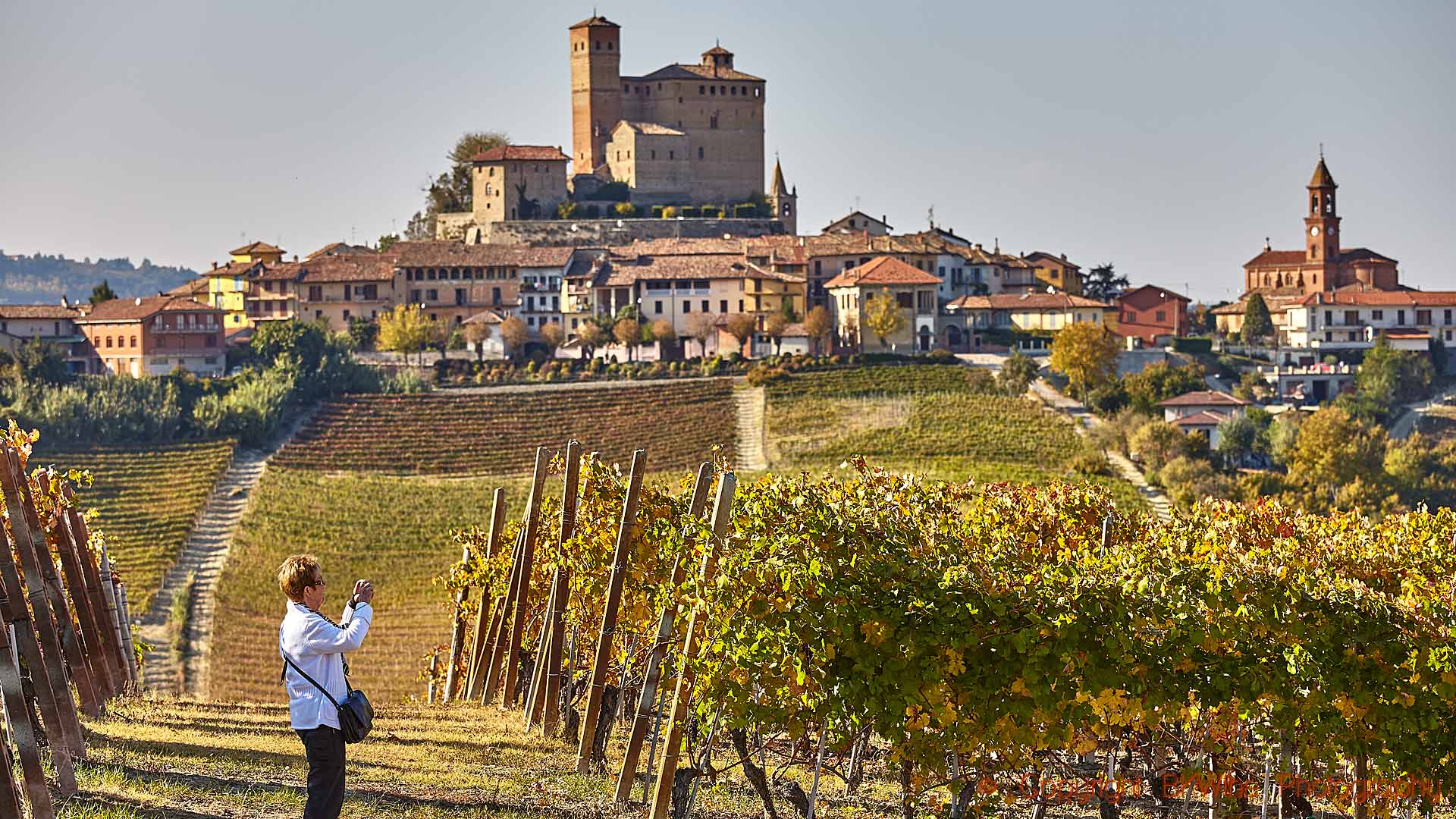
No one can deny that the area around Barolo and Barbaresco is an amazing and unique place. It is of course best known for its wines, powerful red wines made from the nebbiolo grape. But there are of course other wines here, both red and white. And many other things.
Also the whole landscape with its rolling hills, vineyard fields and beautiful valleys, its the old medieval villages with castles and majestic towers certainly contributed to that the area around the Barolo and Barbaresco villages is now a World Heritage Site.
Here you can also find the famous Italian white truffles and the “truffles capital” Alba. Piedmont in northern Italy also has its own unique gastronomy to suit the local wines.
If you want to get a real insight into the wines and gastronomy of the Langhe, Barolo, Barbaresco, you can join us at BKWine on a wine tour to Piedmont.
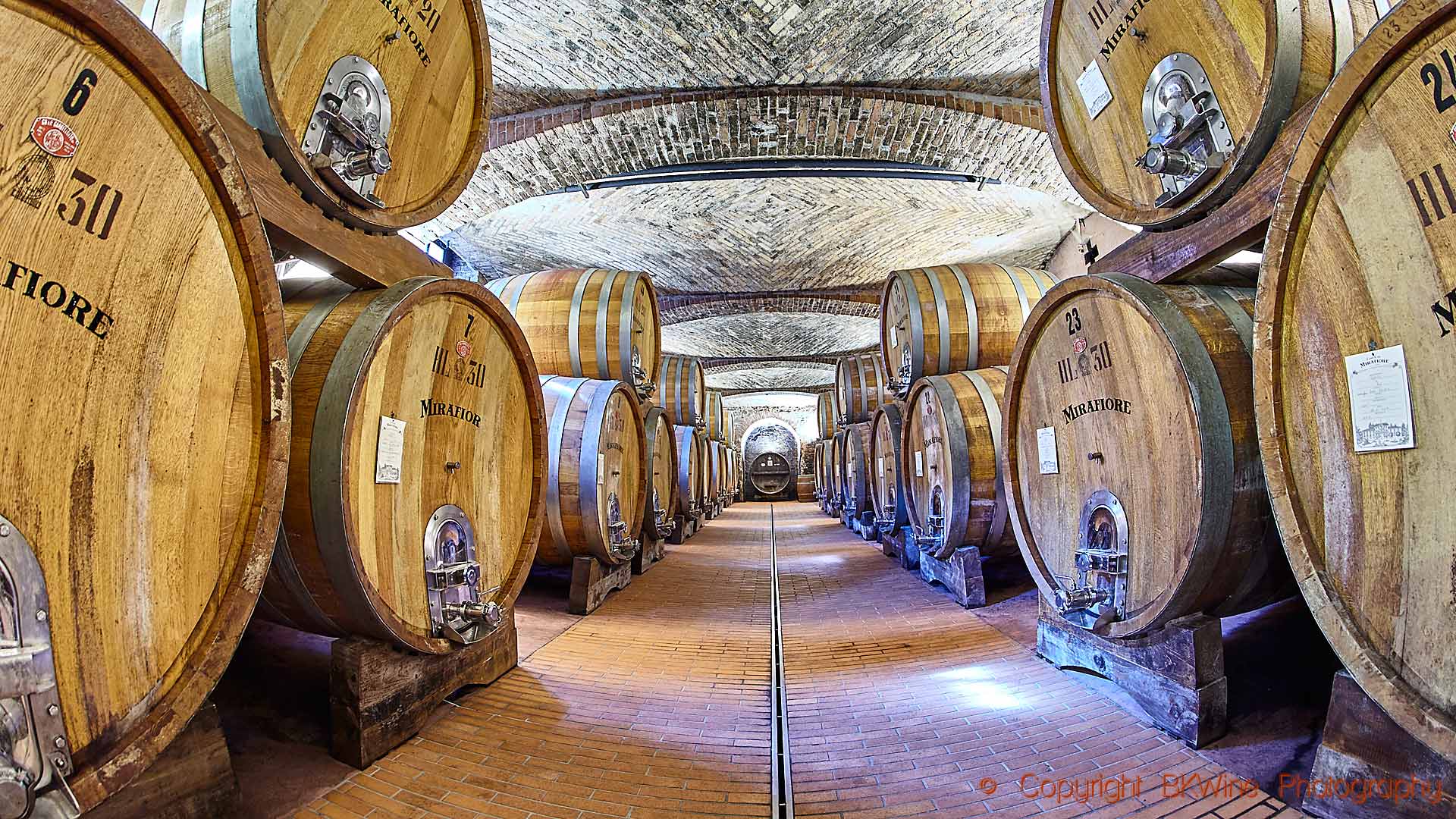
The World Heritage site in Barolo and Barbaresco extends across these communes in Barolo:
- Castiglione Falletto
- Grinzane Cavour
- La Morra
- Monforte d’Alba
- Novello
- Serralunga d’Alba
In the Barbaresco DOCG these communes are included:
- Barbaresco
- Neive
Barbaresco and Barolo lies in the northern Italian region known as the Langhe.
Briefly about the wines of the Langhe:
- 2000 winemakers
- 10,000 hectares of vineyards
- Main grapes: dolcetto, barbera, nebbiolo, Arneis
Barolo:
- 11 villages
- 700 winemakers
- 2000 hectares of vineyards
Barbaresco:
- 4 villages
- 350 winemakers
- 700 hectares of vineyards
